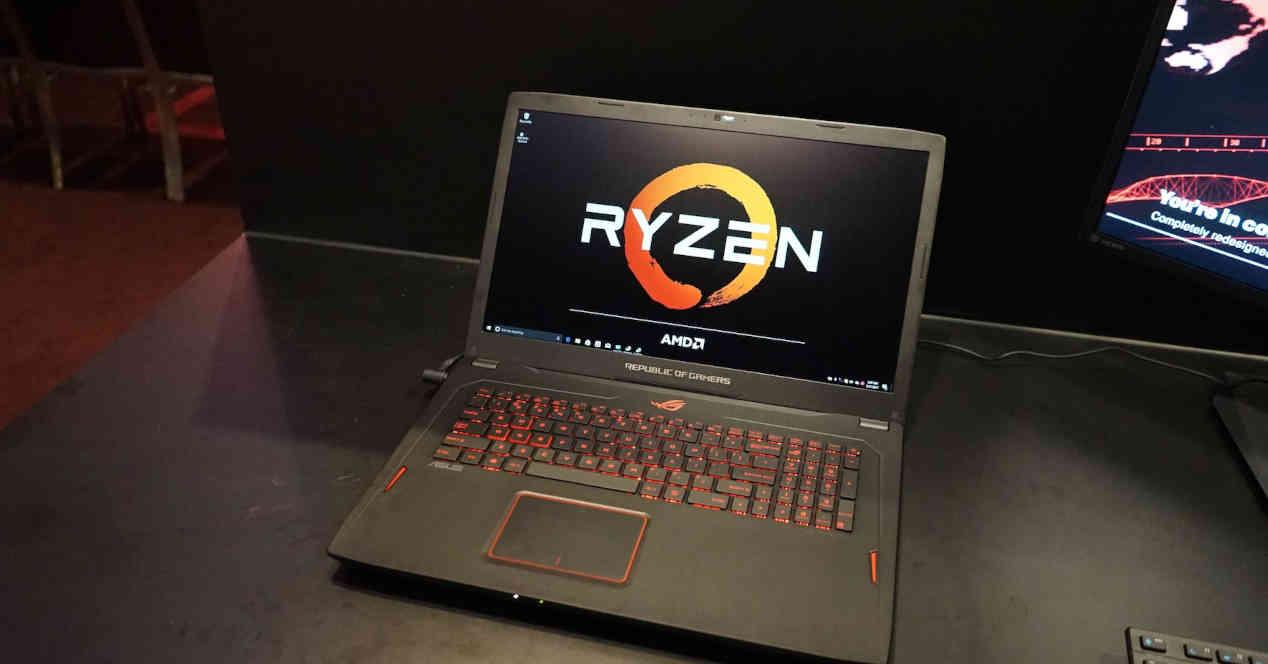For years Intel has been the queen of laptop processors, all because AMD has designed its processors to run on desktop computers. It was from the development of the Ryzen 4000 that AMD started betting on manufacturing APUs for laptops and entering this market. The results? It can be said that AMD has achieved its goal of capturing market share from Intel, while allowing them to enter the market for laptop processors. Which is economically more succulent for Intel and AMD than for desktops because they have higher margins. Well, it looks like AMD would trade performance for battery, which doesn’t say much in its favor.
AMD reduces the performance of its APUs to save battery


The battery of a laptop is one of the most important points in your purchase, as many users use a laptop outside of their home and therefore on the move. This is where the choice between Intel and AMD doesn’t come down to who has the fastest processor, but who can deliver the maximum performance with the maximum battery possible.
Well, as we can read in Windows Central, there are several models of AMD laptops. that do not work the same depending on whether we have connected them to the current or we are pulling the battery. For this, they compiled a series of data where they compared the Surface Laptop 4, the ASUS ROG Zephyrus G14 and the new Razer Blade 14. All use AMD APUs and all see their performance reduced in order to reach their working hours. battery advertised. The cut is such that when Microsoft’s Surface Laptop 4 is running on battery power, it performs worse than the Surface Laptop 3 which uses an Intel processor. Something you might think is due to a specific model, but the thing doesn’t end with the Microsoft laptop.
For example, on the Razer Blade 14, a recently launched gaming laptop. According to the folks at Windows Central, the performance reductions are significant. With a descent to a third of the graphics performance of 3D Mark and a halving of the speed of the NVMe SSD interface
Are Laptop APUs Still AMD’s Big Unfinished Business?
No one doubts the tremendous performance of the Ryzen 4000 and Ryzen 5000 APUs, but there is no doubt that AMD continues to lag behind Intel in optimizing the consumption of its laptop processors. Many expect minimal performance from their laptops, even when they are off the network. Users are aware that battery usage affects overall performance, but at this point, graphics power is not expected to be reduced by a third, communication speed with SSD by half, and performance. processor power is also severely reduced.
The performance of Intel processors for tenth and eleventh generation laptops does not vary much when we have connected them to the network or when using the battery. Unlike those from AMD, which makes it the pending topic. Hopefully Rembrandt has managed to fix this problem or at least that there are no performance disparities in the two modes of use.









